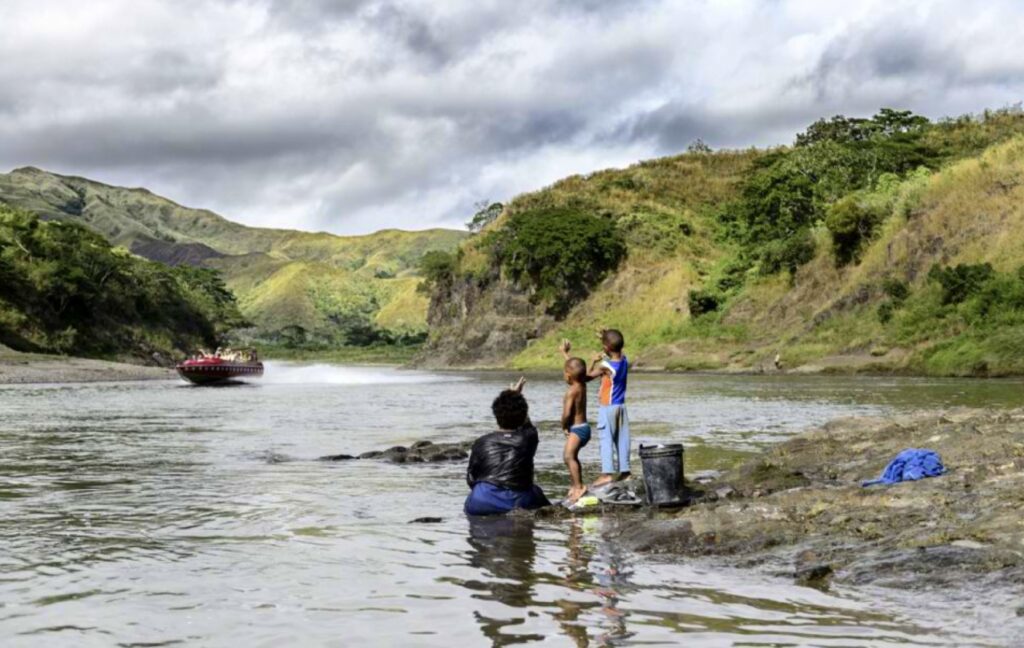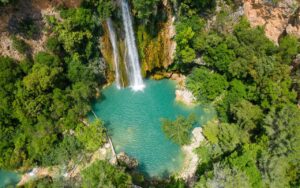Sigatoka Valley: Exploring Fiji’s “Salad Bowl” of Agriculture
Nestled in the heart of Fiji’s main island, Viti Levu, the Sigatoka Valley is a lush, fertile region often referred to as the “Salad Bowl” of Fiji. This picturesque valley is a must-visit for anyone interested in agriculture, history, and the natural beauty of Fiji. With its rich soil and vibrant landscapes, the valley offers a unique glimpse into the agricultural backbone of the country.
What to See in Sigatoka Valley
The Sigatoka Valley is a visual feast for visitors. As you travel through the valley, you’ll be greeted by endless fields of vegetables, fruits, and root crops. The valley is particularly famous for its production of tomatoes, lettuce, and other salad greens, which are supplied to markets across Fiji.
One of the highlights of the valley is the Sigatoka Sand Dunes National Park, located near the mouth of the Sigatoka River. This park is home to Fiji’s first national park and offers stunning views of the dunes, which rise up to 60 meters high. Visitors can explore the park’s walking trails, which wind through the dunes and offer panoramic views of the coastline.
Another must-see is the Tavuni Hill Fort, an ancient hill fort that provides a fascinating insight into Fiji’s pre-colonial history. The fort, which dates back to the 18th century, was once a stronghold for the Tongan chief Maile Latumai. Today, visitors can explore the remains of the fort and enjoy breathtaking views of the surrounding valley.
A Bit of History and Interesting Facts
The Sigatoka Valley has a rich history that dates back thousands of years. Archaeological evidence suggests that the valley was inhabited by early Fijian settlers as far back as 1000 BC. The fertile land and abundant resources made it an ideal location for agriculture, and the valley has been a center of farming activity ever since.
One interesting fact about the Sigatoka Valley is its role in the development of Fiji’s agricultural industry. During the colonial period, the valley was a major site for the cultivation of sugarcane, which was a key export for Fiji. Today, the valley continues to be a vital part of Fiji’s agricultural sector, producing a wide variety of crops that support the local economy.
Getting There and Tips for First-Time Visitors
Reaching the Sigatoka Valley is relatively easy. The valley is located about 70 kilometers from Nadi, Fiji’s main international gateway. Visitors can rent a car and drive along the scenic Queen’s Road, which offers stunning views of the coastline and the lush interior of the island. Alternatively, there are regular bus services from Nadi to Sigatoka town, which is the gateway to the valley.
For first-time visitors, it’s important to plan your visit around the weather. The best time to visit the Sigatoka Valley is during the dry season, which runs from May to October. During this time, the weather is cooler and more comfortable for exploring the valley’s attractions.
When visiting the Sigatoka Sand Dunes National Park, be sure to wear comfortable walking shoes and bring plenty of water, as the trails can be challenging in places. It’s also a good idea to bring a hat and sunscreen, as the sun can be intense, especially during the middle of the day.
In summary, the Sigatoka Valley offers a unique blend of natural beauty, history, and agriculture. Whether you’re interested in exploring ancient forts, hiking through sand dunes, or simply enjoying the stunning landscapes, the valley has something for everyone. It’s a destination that showcases the rich cultural and agricultural heritage of Fiji, making it a must-visit for anyone traveling to the islands.








